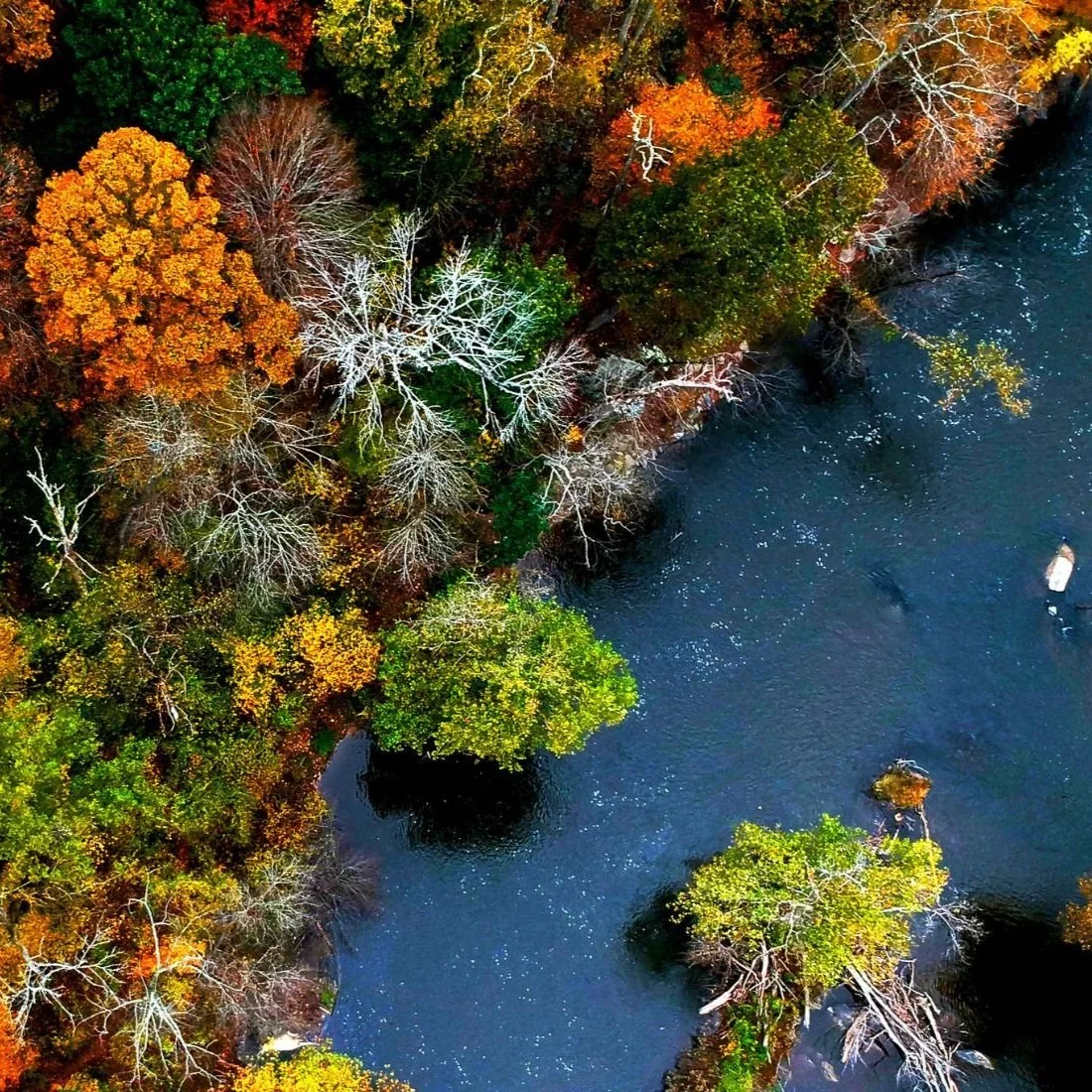Upstream land conservation protects locally endangered turtle
/300 additional acres of habitat will be permanently protected by landowners in the coming months
The Potomac region is home to thousands of species of plants and animals—from the easy-to-spot gray squirrels and house sparrows to more elusive critters like bobcats and black bears.
The Potomac Gorge alone is home to more than 240 rare species and natural communities. But unfortunately, not all of these animals are thriving; some are even endangered, like glyptemys insculpta, the wood turtle.
Wood turtles are listed as endangered by the International Union for Conservation of Nature, are classified as imperiled in West Virginia, and have been identified as a critical conservation need by the state of Virginia, meaning they face “an extremely high risk of extinction.”
The turtles are native to areas north and west of Washington, DC, in the Potomac headwaters of Virginia and West Virginia. Their main threat is habitat destruction. In many areas, the vernal pools, clear streams, and streamside forests that wood turtles rely on are being paved over or degraded by development and deforestation.
Potomac Conservancy’s Land Protection program holds conservation easements on a number properties with wood turtle habitat. This include easements along one waterway that has “the highest density of wood turtles in Virginia and perhaps the highest density in the species’ entire range,” according to J.D. Kleopfer with the Virginia Department of Game and Inland Fisheries.
We’re also in the process of closing on two more easements that will protect an additional 300 acres of wood turtle habitat.
In addition to conserving and restoring the turtles' habitat, landowners can take steps to reduce the chances of injuring or killing a turtle while working their land. During the summer months, wood turtles are terrestrial, meaning they live on land. Many of the turtles that Kleopfer does find are maimed, with cracked shells or missing limbs, likely from run-ins with mowers, tractors, or other agricultural equipment.
Here are some recommendations for what you can do to protect turtles (and other animals too!):
If possible, walk the areas you intend to mow first to check for/flush out turtles, birds, nests, etc.
Avoid mowing agricultural fields, particularly near streams, between May 15 and July 15, as that’s when turtles and birds are more likely to be nesting.
If you must mow, pack your lemonade and do so during the hottest and driest times, when turtles are more likely to be in the woods or closer to water.
Set your mower deck to 10-11 inches.
Maintain “soft shoulders” of medium-sized vegetation between fields and forest to provide cover for wildlife.
Keep tabs on all things Potomac!
Get local clean water news delivered to your inbox.















Curious to know why some animals prefer living in the liminal spaces of the day, and which critters to keep an eye out for on your next dawn stroll or twilight hike? Let’s illuminate this fascinating – and, if you ask us, underappreciated – side of wildlife behavior!